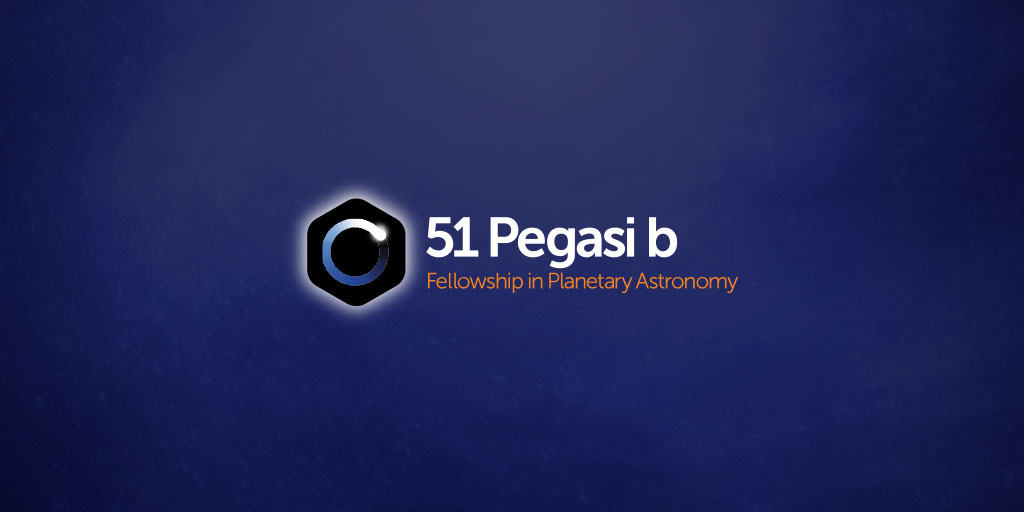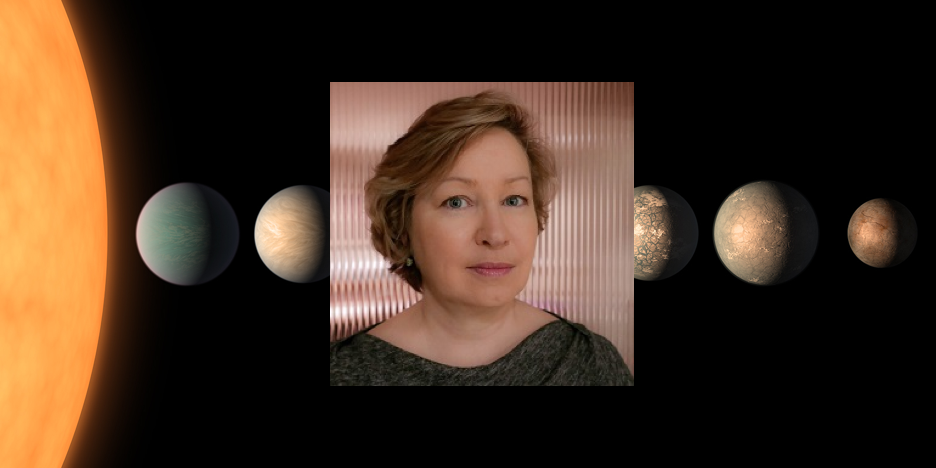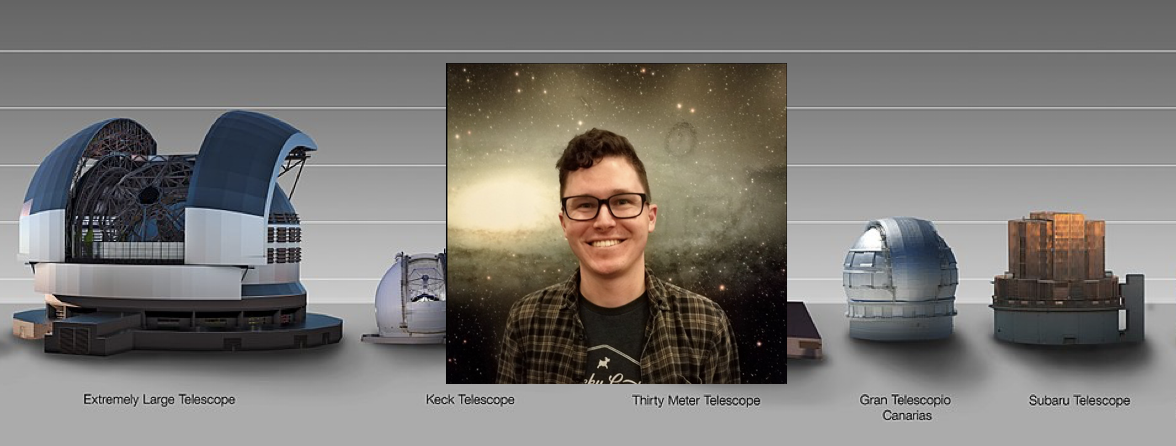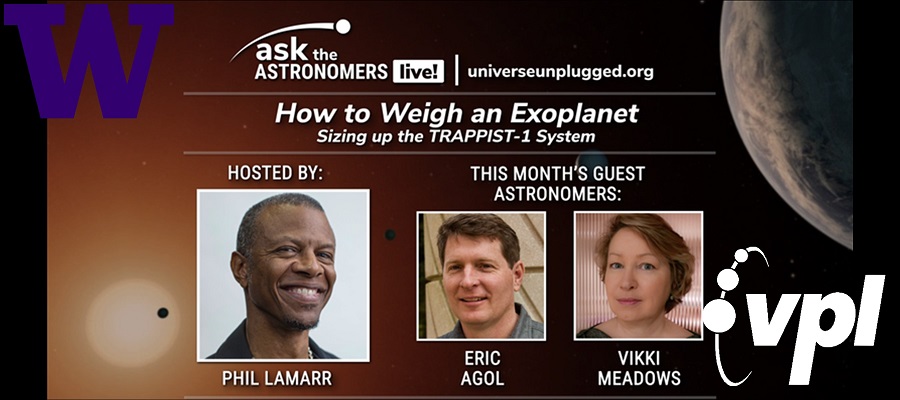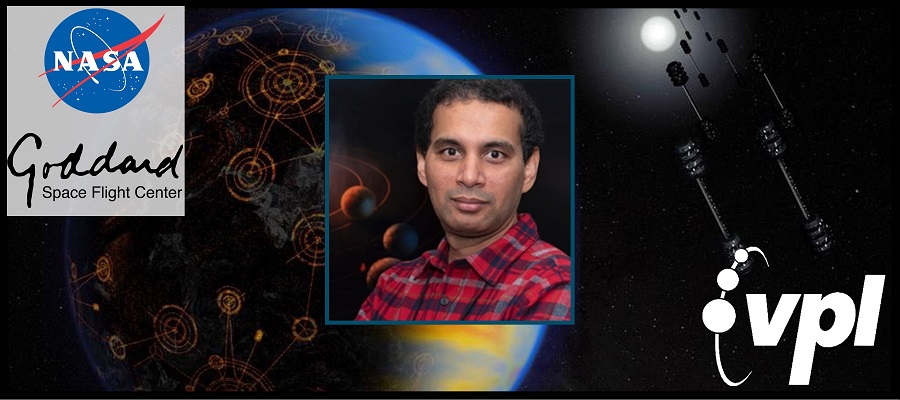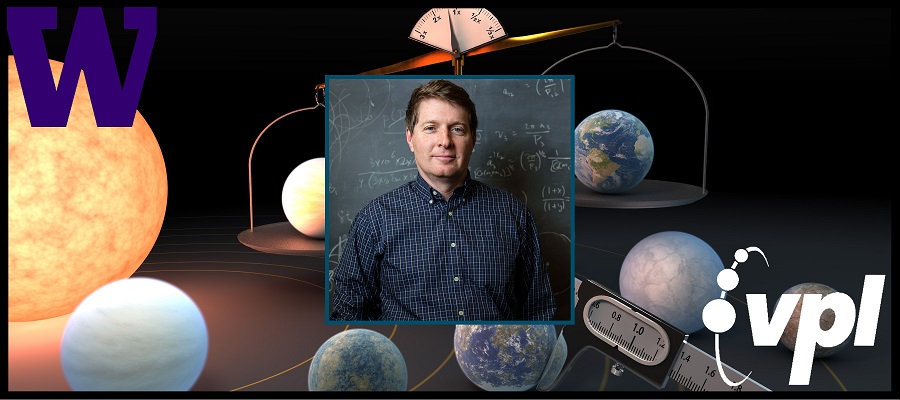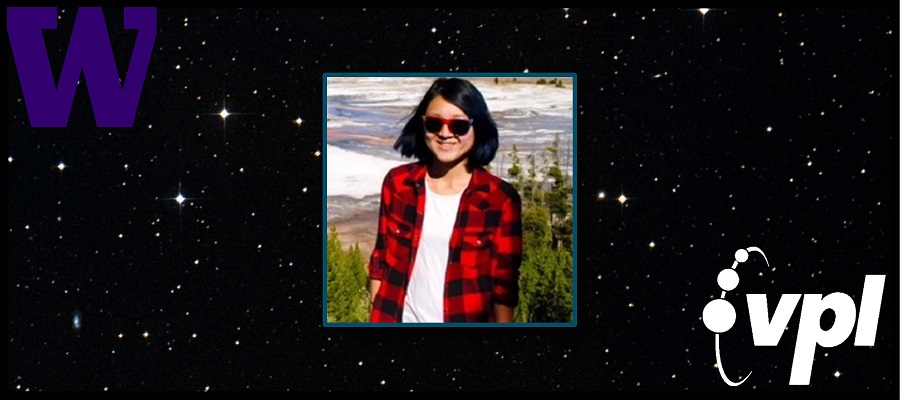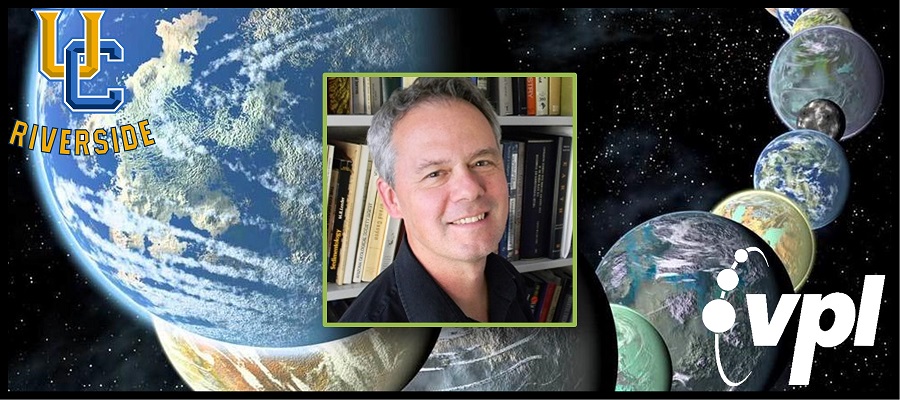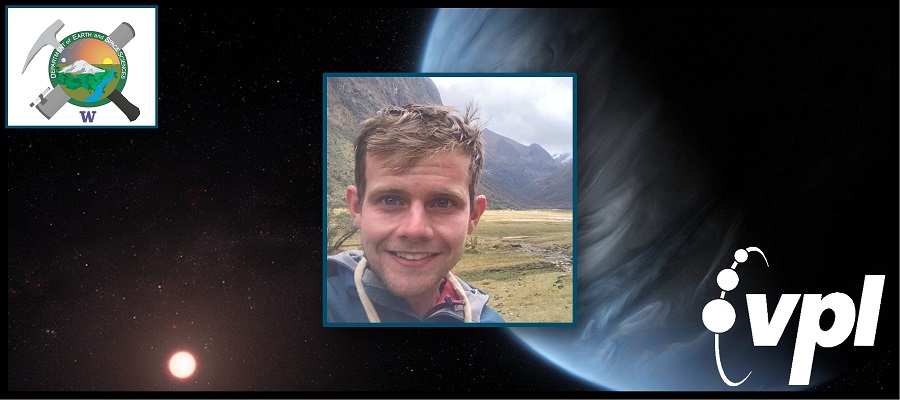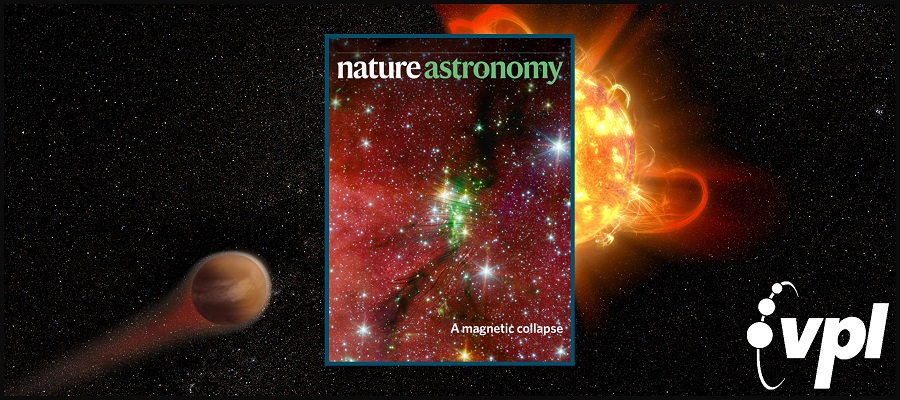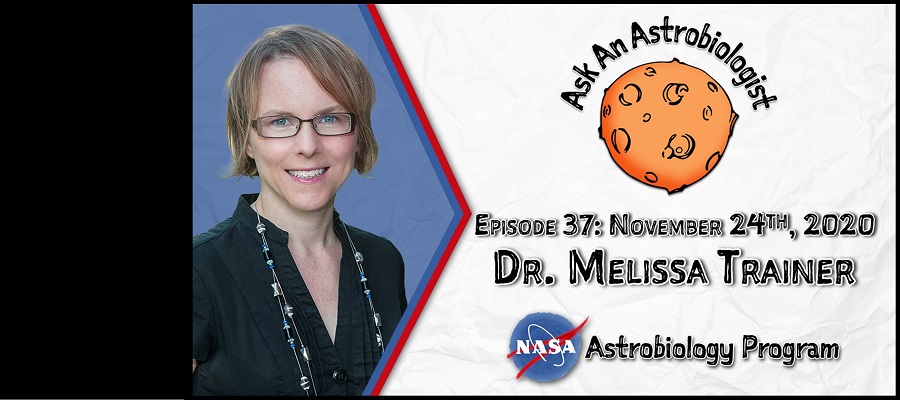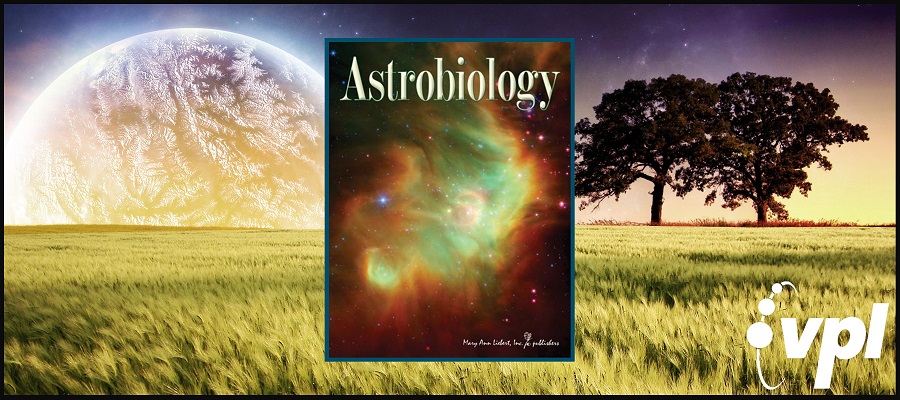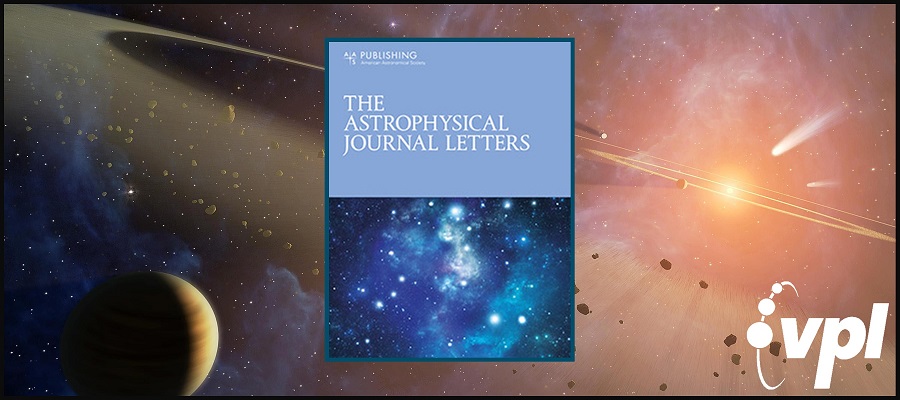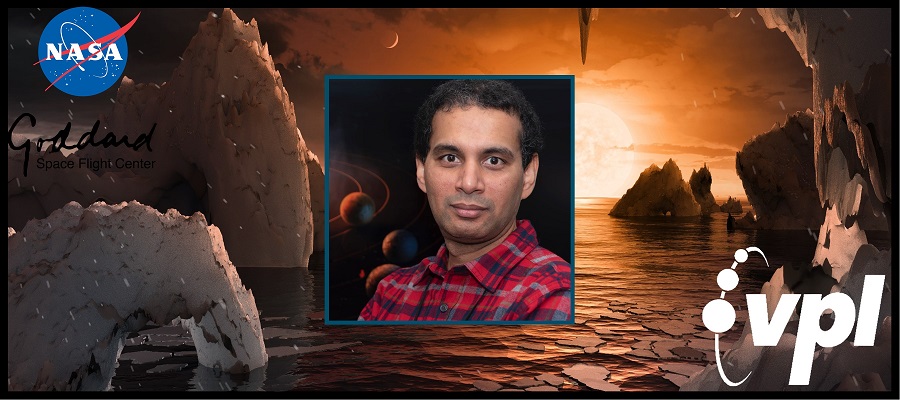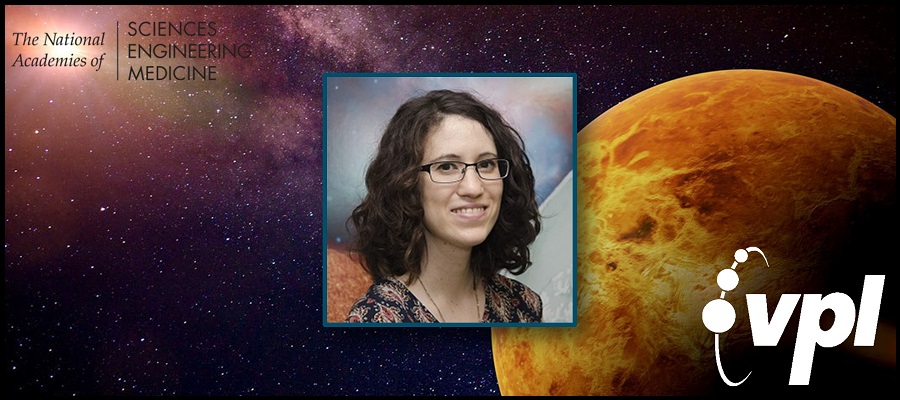The UW community supports research efforts in exoplanet and planetary science and astrobiology, primarily within the Astronomy and Earth and…
To advance NASA’s search for life on exoplanets, the Virtual Planetary Laboratory (VPL) focuses on a compelling scientific question: “How…
Each year, AGU recognizes individuals and teams for their accomplishments in research, education, science communication and outreach. Honorees and their…
The work of VPL PI Prof. Victoria Meadows was recently featured in AAS Nova. Her work, along with VPL researchers…
The work of VPL Researcher Miles Currie has been featured in two AAS Nova articles: Is There More To Life…
VPL researchers Eddie Schwieterman and Heather Graham have been featured in an Aeon article on combating the uncertainty associated with…
VPL Postdoctoral Researcher, Andrew Lincowski (University of Washington), and VPL project PI, Victoria Meadows (University of Washington), published two new…
UWAB faculty member Eric Agol and Program Director Victoria Meadows were recently interviewed by Phil LaMarr with the Universe Unplugged:…
VPL Team members Ravi Kopparapu, Giada Arney, Jacob Haqq-Misra, and Jacob Lustig-Yaeger, recently submitted a new study for publication exploring…
VPL Researcher Tyler Robinson (Northern Arizona University) was recently named as one of the 25 recipients of the 2021 Cottrell Scholar Award!…
VPL Researcher, Eric Agol (University of Washington) is the lead author on a new study of the 7 planets in…
VPL Team member, and recent graduate from the University of Washington Astrobiology Program, Diana Windemuth (PhD Astronomy & Astrobiology, 2020),…
The UCR-based Alternative Earth’s Team has received a five-year funding award from the Interdisciplinary Consortium for Astrobiology Research (ICAR). VPL…
VPL graduate student Nick Wogan (University of Washington), researcher and former student Dr. Josh Krissansen-Totton (University of California, Santa Cruz)…
VPL Researcher, David Catling (University of Washington), was recently interviewed in a Nature News article discussing NASA’s Perseverance Rover and…
Low-mass stars show evidence of vigorous magnetic activity in the form of large flares and coronal mass ejections. Such space weather events may have important ramifications for the habitability and observational fingerprints of exoplanetary atmospheres. Here, using a suite of three-dimensional coupled chemistry–climate model simulations, we explore effects of time-dependent stellar activity on rocky planet atmospheres orbiting G, K and M dwarf stars. We employ observed data from the MUSCLES campaign and the Transiting Exoplanet Survey Satellite and test a range of rotation period, magnetic field strength and flare frequency assumptions. We find that recurring flares drive the atmospheres of planets around K and M dwarfs into chemical equilibria that substantially deviate from their pre-flare regimes, whereas the atmospheres of G dwarf planets quickly return to their baseline states. Interestingly, simulated O2-poor and O2-rich atmospheres experiencing flares produce similar mesospheric nitric oxide abundances, suggesting that stellar flares can highlight otherwise undetectable chemical species. Applying a radiative transfer model to our chemistry–climate model results, we find that flare-driven transmission features of bio-indicating chemical species, such as nitrogen dioxide, nitrous oxide and nitric acid, show particular promise for detection by future instruments.
Dr. Michael Wong was interviewed by the Nexus for Exoplanet System Science (NExSS) Science Communication Working Group to be featured…
VPL Scientist Dr. Melissa Trainer (NASA GSFC) was recently featured on the Ask an Astrobiologist program! You can watch a…
Chirality is considered a universal, agnostic biosignature that is independent of a planet’s biochemistry. Researchers have recently characterized the chiral…
The orbital architecture of the solar system is thought to have been sculpted by a dynamical instability among the giant planets. During the instability a primordial outer disk of planetesimals was destabilized and ended up on planet-crossing orbits. Most planetesimals were ejected into interstellar space, but a fraction were trapped on stable orbits in the Kuiper Belt and Oort cloud. We use a suite of N-body simulations to map out the diversity of planetesimals’ dynamical pathways. We focus on two processes: tidal disruption from very close encounters with a giant planet, and loss of surface volatiles from repeated passages close to the Sun. We show that the rate of tidal disruption is more than a factor of 2 higher for ejected planetesimals than for surviving objects in the Kuiper Belt or Oort cloud. Ejected planetesimals are preferentially disrupted by Jupiter and surviving ones by Neptune. Given that the gas giants contracted significantly as they cooled but the ice giants did not, taking into account the thermal evolution of the giant planets decreases the disruption rate of ejected planetesimals. The frequency of volatile loss and extinction is far higher for ejected planetesimals than for surviving ones and is not affected by the giant planets’ contraction. Even if all interstellar objects were ejected from solar system–like systems, our analysis suggests that their physical properties should be more diverse than those of solar system small bodies as a result of their divergent dynamical histories. This is consistent with the characteristics of the two currently known interstellar objects.
Photosynthesis is an ancient metabolic process that began on early Earth and offers plentiful energy to organisms that can utilize it such that that they achieve global significance. The potential exists for similar processes to operate on habitable exoplanets and result in observable biosignatures. Before the advent of oxygenic photosynthesis, the most primitive phototrophs, anoxygenic phototrophs, dominated surface environments on the planet. Here, we characterize surface polarization biosignatures associated with a diverse sample of anoxygenic phototrophs and cyanobacteria, examining both pure cultures and microbial communities from the natural environment. Polarimetry is a tool that can be used to measure the chiral signature of biomolecules. Chirality is considered a universal, agnostic biosignature that is independent of a planet’s biochemistry, receiving considerable interest as a target biosignature for life-detection missions. In contrast to preliminary indications from earlier work, we show that there is a diversity of distinctive circular polarization signatures, including the magnitude of the polarization, associated with the variety of chiral photosynthetic pigments and pigment complexes of anoxygenic and oxygenic phototrophs. We also show that the apparent death and release of pigments from one of the phototrophs is accompanied by an elevation of the reflectance polarization signal by an order of magnitude, which may be significant for remotely detectable environmental signatures. This work and others suggest that circular polarization signals up to ∼1% may occur, significantly stronger than previously anticipated circular polarization levels. We conclude that global surface polarization biosignatures may arise from anoxygenic and oxygenic phototrophs, which have dominated nearly 80% of the history of our rocky, inhabited planet.
VPL researcher Dr. Sarah Keller has been named a 2021 Fellow of the Biophysical Society for “pioneering, fundamental experimental contributions…
VPL Team members Roy Black, Sarah Keller and other collaborators in the Keller Lab in the Chemistry Department at the…
VPL scientist Dr. Ravi Kopparapu was recently awarded the NASA Exceptional Scientific Achievement Medal! NASA states: “This prestigious NASA medal…
Deputy PI and Task B Co-Lead, Giada Arney, and one of the VPL team’s resident Venus experts, was recently honored…
